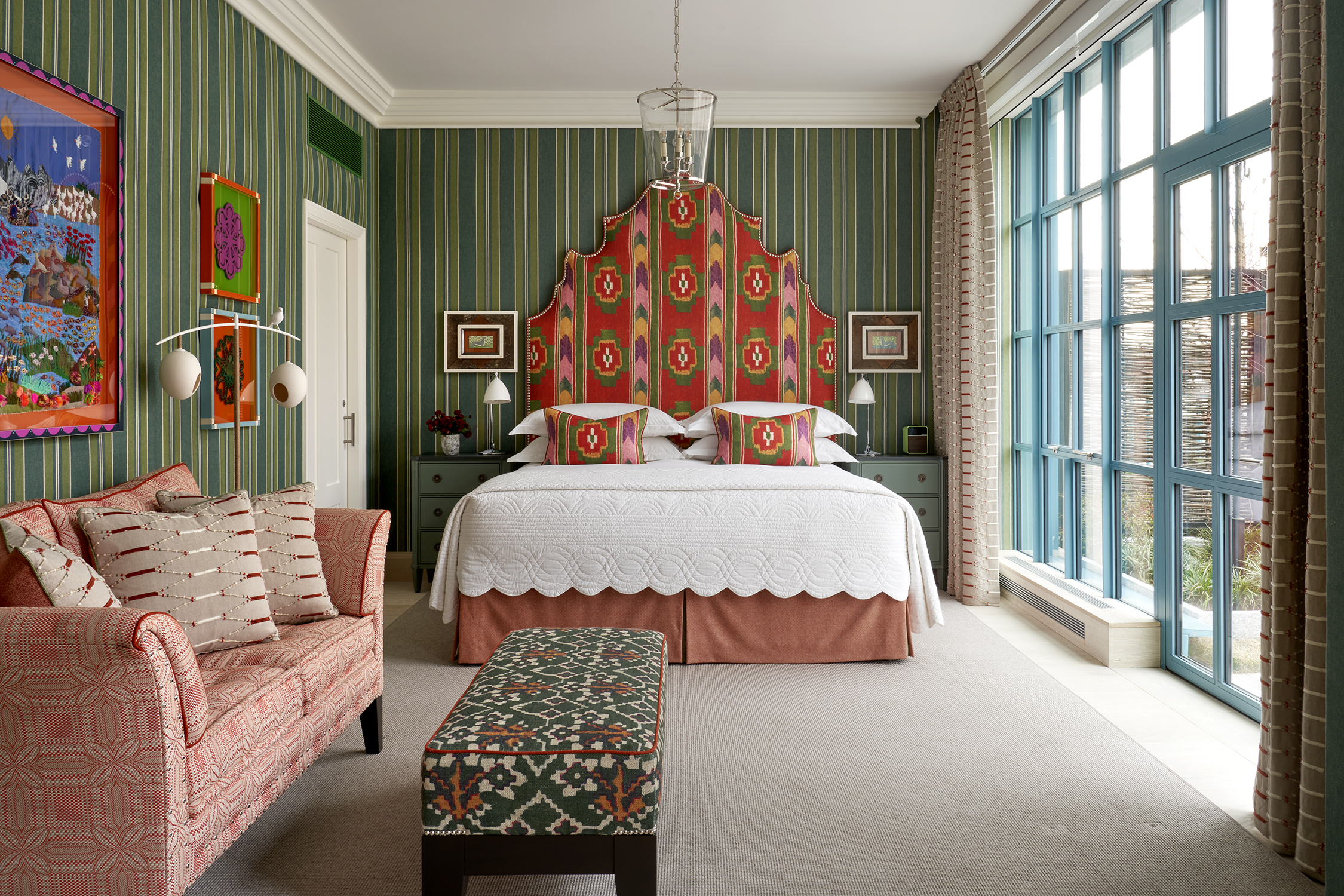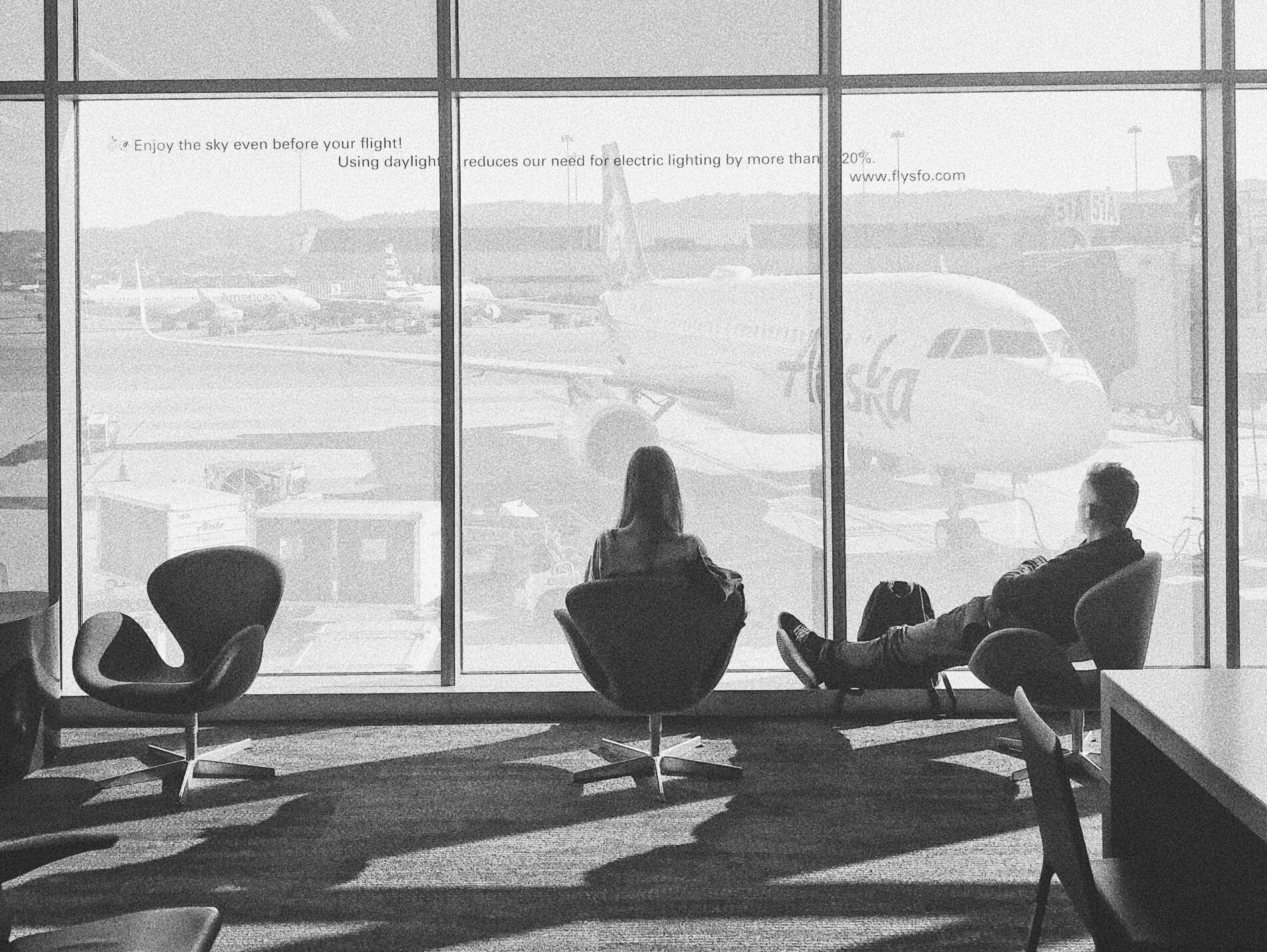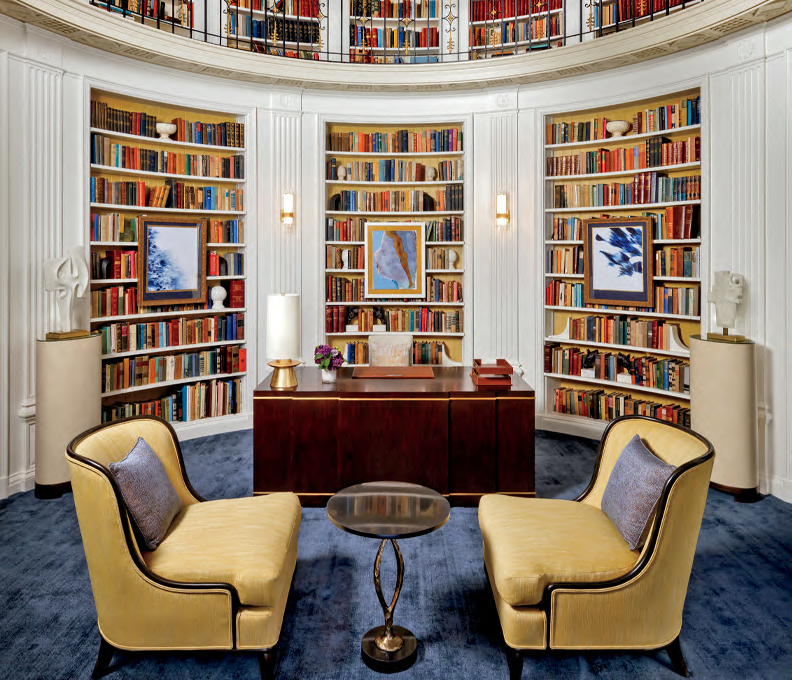The Bilbao Effect: 5 Cultural Hubs Around the World
Art means business as cities around the world harness “the Bilbao effect” to electrify their districts and economies
by Boyd Farrow
March 20, 2024
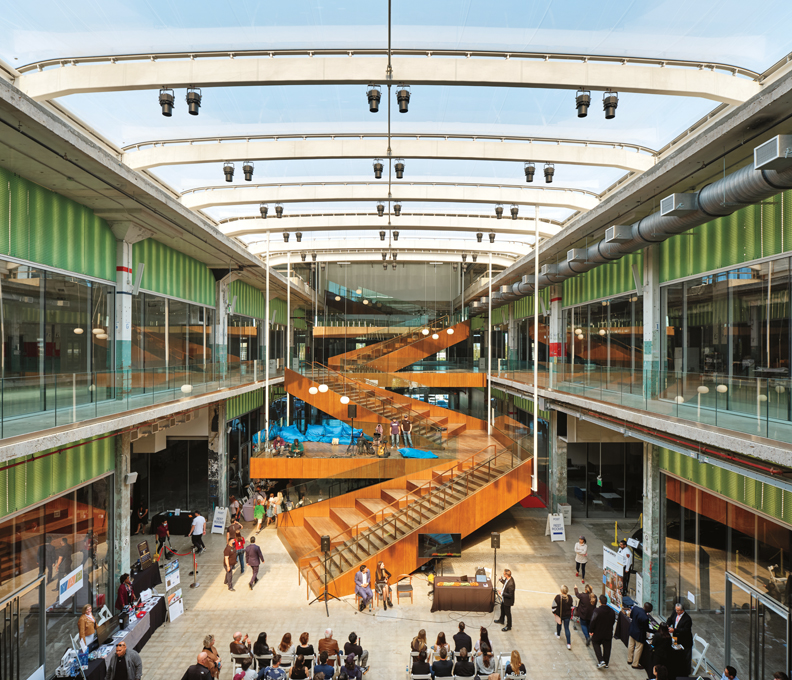
Post Houston / Photo: Courtesy of Leonid Fermansky
Thirty years ago, ground was broken on the Guggenheim museum in Bilbao, a spectacular sculptural building designed by Canadian-American starchitect Frank Gehry, which transformed the faded Spanish port into a buzzy global destination. Since then, hundreds of cities throughout the world have tried to recreate “the Bilbao effect,” commissioning their own eye-popping cultural repositories, with varying degrees of success.
Now, as more of us are contemplating the changing role of cities amid shifting attitudes to mobility, sustainability and tourism, a new wave of would-be iconic cultural flagships is developing. This time around, though, the emphasis is on economic growth in high-value sectors, and creating lively, innovative environments for urbanites. Among the latest batch of such ambitious projects, here are some of the most noteworthy.
Bonjour, Jersey
Jersey City, New Jersey, might not seem the most obvious location for the first American outpost of Paris’s Centre Pompidou—home of Europe’s largest collection of contemporary art—but the project is the cornerstone of Mayor Steven Fulop’s plan to invigorate the city’s economy. “In the last five years, and particularly through Covid, we’ve really leaned into the idea that culture and nightlife are key to making cities livable,” explains Fulop. “Having a strong cultural scene isn’t only a win from a quality-of-life standpoint, it is an economic win, too, as it brings in a lot of investment.”
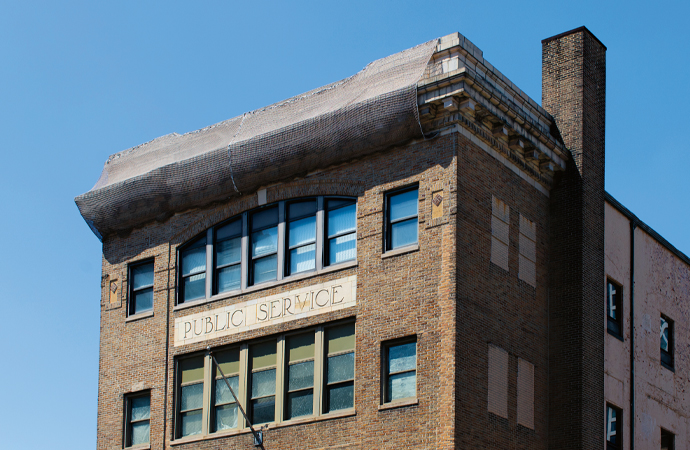
Pathside Building, Jersey City, New Jersey, which will house Centre Pompidou x Jersey City / Photo: Courtesy of ©Oma
Centre Pompidou x Jersey City—conceived as “a revolutionary new space for art, culture and community”—is central to Fulop’s vision of the Journal Square transit hub metamorphosing into a vibrant arts district that would also include an entertainment venue inside the shell of the 95-year-old landmark Loew’s Jersey Theatre and various mixed-used new developments. Another arts center, Mana Contemporary, is housed in a sandblasted early-20th-century warehouse nearby.
Though the local media has reported that the city will pay more than $40 million in renovation costs, plus $6 million a year over the course of its five-year contract with the French to cover the project’s development, branding and exhibitions, City Hall’s official line is: “We are in the design phase and cannot calculate total costs.” The city is also awaiting further state subsidies—on top of the $58 million it has already received—underscoring the belief that Centre Pompidou x Jersey City could become a destination that, like Liberty Science Center, ultimately benefits the economy of the whole of New Jersey.
Mayor Fulop believes the plans have already paid dividends. “Most major property developers across the river are now investing heavily in Jersey—some of them for the first time—and this is because of our strategic investments and our commitment to making the city such a vibrant place,” he says. “In fact, in terms of apartment-building starts, we are currently outpacing New York.”
Harboring New Ambitions
A century ago, the Katendrecht peninsula was home to the Holland America Line, which transported hundreds of thousands of emigrants from the Netherlands to the New World. Now, the quays and shipyards of this historic Rotterdam neighborhood are emerging as a destination in their own right. Opening next year, in what was once the world’s largest shipping terminal, will be Fenix, a supersized cultural and arts venue and museum of migration.
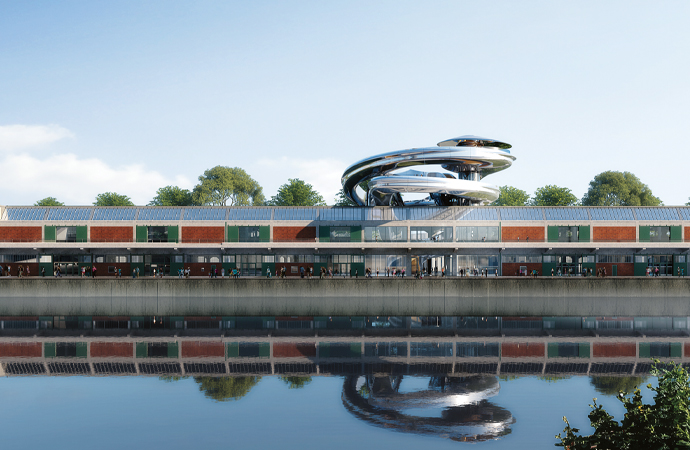
Fenix, Rotterdam, the Netherlands / Photo: Courtesy of © Mad Architects
Its design incorporates a dramatic tornado-swirl of stairs and ramps leading from a vast atrium to extensive roof gardens. Recently submitted plans would see an adjacent building also get a head-turning transformation—into Danshuis, a dance and music complex with an open-air theater and bold red neon signage facing the Maas River. Meanwhile, another former eight-story warehouse nearby is set to become the new Nederlands Fotomuseum.
These striking projects are part of a much wider regeneration of Rotterdam’s ports. A third of the inner-city harbor Rijnhaven is currently being filled with dredged land in order to create 3,000 residences, parklands, elevated walkways and a spectacular new partly submerged Maritime Center.
According to Kim Heinen at investment agency Rotterdam Partners, the cultural venues are vital to bringing more developers and start-ups to the area. “Of course it is great if these complexes attract more visitors, but the objective is to cater to our citizens,” she explains. “Having a vibrant cultural scene is just as important as new cycle lanes and promenades when it comes to making cities desirable places to live or set up businesses.
“These days, we are not only competing with Amsterdam to attract people in high-value sectors,” Heinen adds. “We are competing with cities all over Europe and beyond.”
Of course, Rotterdam has always been a melting pot. In the early 1920s, Katendrecht was Europe’s largest Chinatown, with many Chinese immigrants working on the boats and docks.
Both Fenix and Danshuis are being designed by Beijing-based MAD Architects. They will be first public cultural buildings in Europe to be designed by a Chinese company, which is even more remarkable given Rotterdam’s surfeit of cutting-edge architecture firms. Also freighted with history is the fact that Fenix, Danshuis and the Fotomuseum are all being financed by Droom en Daad, a foundation created in 2016 by Rotterdam’s Van der Vorm family, who made their billions from the Holland America Line.
“Fenix will become a landmark,” says Droom en Daad director Wim Pijbes. “It offers a great future for Rotterdam.”
Post Urban Living
Gigantic installations from Icelandic–Danish artist Olafur Eliasson or Cuban conceptual sculptor Reynier Leyva Novo are as much a part of Post Houston, the Texas city’s three-year-old entertainment, food and recreation hub, as its rooftop Zumba classes and Skyfarm food festivals. “Culture is integral to the venture,” explains Kirby Liu, development director at Lovett Commercial, the firm behind this bold repurposing of a disused downtown mail depot. “All cities are contemplating longer-term changes as people increasingly are working remotely and buying goods and services online. Developers are having to be innovative. To attract new generations, we need to refigure public spaces where the central activity is not shopping.”
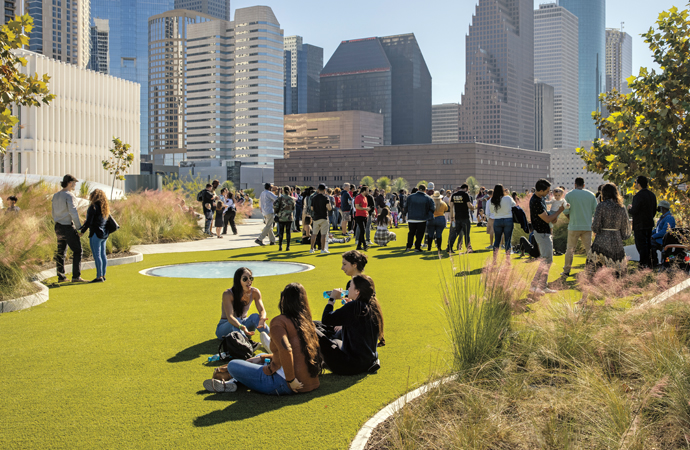
Rooftop park, Post Houston / Photo: Courtesy of Scott Shigley
Post Houston’s interior space is split into four cathedral-height atria by three modern staircases that lead to a five-acre rooftop park. Here, a revolving music stage takes in views of the skyline, and also borders a vegetable garden that sustains many of the eateries and food market below. As well as its culinary offerings, coworking spaces and retail outlets, the sprawling complex contains a concert venue and other open spaces to stage exhibitions, cultural events and community programming.
The way the architecture serves as a platform for performances and programming is deliberate, according to Liu. “We didn’t want the typical black-box venue,” he says. “Post attracts a diverse mix of people who often tend to be siloed into different environments. Removing social and economic barriers and having a permanent revolving lineup of events all help bring people in.”
Liu believes that as an occasional outpost for the city’s cultural institutions, Post helps foster a deeper appreciation of what the city offers. “Local people can enjoy the best of Houston, like a tourist,” he says. As for real out-of-towners, he says the vibrant arts scene helps promote the Bayou City as a desirable place to do business.
Post’s success has led to a frenzy. More than 2,200 reuse projects have opened or are in the pipeline—more than double the 2021 total, according to the Greater Houston Partnership. More than two-thirds of these are downtown. Highlight boasts “196,000 square feet of premium dining, retail and lifestyle space,” anchored to Puttshack, which offers 26,000 square feet of mini golf and a cocktail bar. Moreover, downtown Houston’s renaissance looks set to continue further with a planned $2 billion renovation of the dated George R. Brown Convention Center, as the city eyes more business events.
“All this dynamism is great for Houston’s economy, and even better for the people living here,” says Liu, who is now mulling the idea of adding residential units to the Post complex. “We’re on a long journey, but so is every other city.”
Central Time
Michigan Central is a campus in Corktown, a hipster magnet in Detroit, which Ford Motor Company and Google are currently turning into a mobility-focused smart city. Ford plans to use the centerpiece of this hub, Michigan Central Station, once a jewel of America’s interurban rail network, as a base to develop electric and self-driving vehicles. Google—which has opened a production facility for its autonomous driving spin-off, Waymo, on the city’s east side—will supply cloud-based infrastructure.
Hopes that the project will dramatically accelerate Detroit’s economic revival are running high. Michigan’s Department of Transportation has just broken ground on the U.S.’ first autonomous car lane, and there has been a flurry of civic proclamations that Michigan Central will propel Detroit into one of the country’s most dynamic cities.
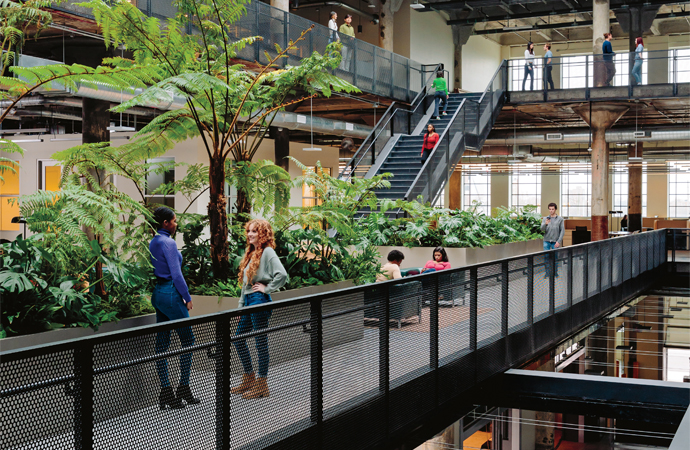
Newlab Michigan Central, Detroit / Photo: Courtesy of ©BrianFerry
Some people may be surprised, however, to learn that arts and culture are also deemed integral to this high-tech hub, with Michigan Central recently launching an extensive arts program as it aspires to enmesh itself in the Detroit creative scene. From building wraps and kinetic light sculptures to exhibitions, performances and residencies, the campus is keen to show how art can act as a bridge between technology and human experience.
Yet Nathaniel Wallace, Michigan Central’s head of civic partnerships, insists that the campus’ arts and culture strategy amounts to far more than using artworks as lobby garnish. “Just like the entrepreneurs and engineers who create here, artists are also innovators and a fundamental part of our mission,” he explains. “Of course we want to make the environment at Michigan Central engaging and attractive, but we regard art installations as more than mere pot plants. It’s about creating spaces that encourage reflection, discourse and innovation.”
Then there is the practical synergy between art and technology. “The intersection can lead to many innovations,” says Wallace. “Potentially, these include ones that can have tangible economic benefits in areas such as industrial design.”
This is a view the auto industry appears to agree on. Last year General Motors announced a $300,000 grant to the Boys & Girls Clubs of Southeastern Michigan to launch the organization’s entrepreneurship development program. Automotive is one of the areas that the new design-industry club will focus on.
“Interplay between art and technology can also unlock new avenues of societal impact,” says Wallace. “We want to provide a global platform where artists can add intrinsic value through their work while making Detroit a vibrant place to live and visit.”

